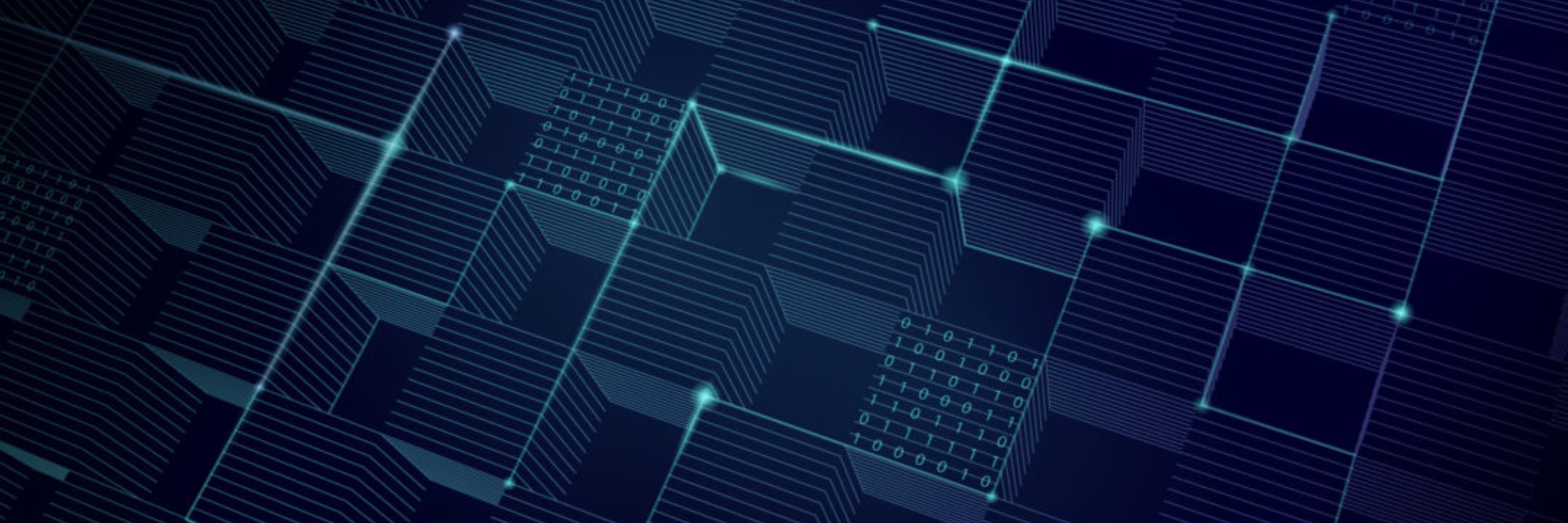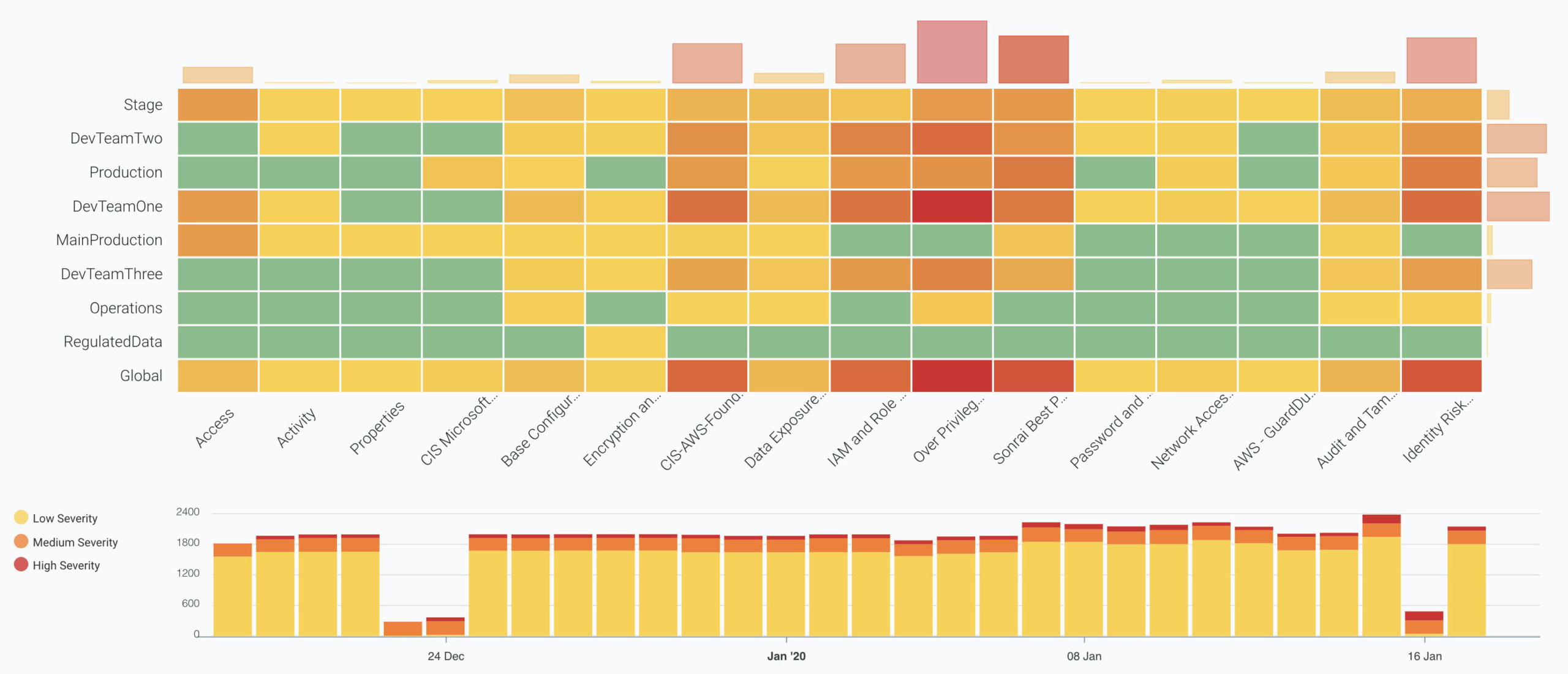Table of Contents

Share this entry

What a busy few weeks here at Sonrai Security. We continue to grow our team with additions in marketing, sales, and engineering. Several very large enterprises have joined the growing family of Sonrai customers who entrust us with governance and security of their public clouds. We just totally revamped our company website, with a bunch of new content and features. Plus, we released a new explainer video for Sonrai Dig. This all comes on the heels of a major Governance Automation Engine upgrade to our Dig platform a couple of weeks ago. All of these efforts are the work of a remarkable team on a mission to reimagine how companies govern and secure their public cloud environments. Our aim at Sonrai Security is to re-invent security itself.
Governance Automation Engine and Why We Built It
The ways in which we build technology value has changed from stem to stern. Shifts of monolithic software to microservices, waterfall development to agile, IT to DevOps, hardware to infrastructure as code, and data centers to public cloud form the foundation of the “digital disruption” revolution.
But, what about security?
With this evolution in technology, we must also re-invent how we govern and secure in this “new world.” The old control points of IT, firewalls and endpoints simply don’t cut it in the blazing fast world of cloud development. Today, cloud providers look after the infrastructure and for enterprises, the new control points now center around identity, data, and the workload itself. This is why Sonrai Dig graphs each and every interaction we see between identities (people and non-people), data, and workloads in order to uncover risk and unusual activity. But even that is not enough. Gone are the days of a centralized IT org clicking through the UI of a security product. Many teams must be involved in security and automation as the base case with manual intervention the exception. This is why we recently released our Governance Automation Engine.
The goal of the Governance Automation Engine is to automate the discovery and routing of problems to the teams and individuals responsible and to automate remediation. Effective automation involves much more than writing a lambda “bot.” It means automatically identifying, classifying, and prioritizing problems with machine learning and graph analytics. The point is to automatically involve all teams in the security process.

To effectively support this, a shift is needed where security issues are sent directly to the teams (not just the security team but also devs, cloud, and even audit teams) that are responsible for them as opposed to a centralized queue. Not only does this reduce alert fatigue and/or missed alerts but also enables your business to run its operations at the speed of the cloud. It involves early enforcement that prevents problems with “prevention bots” or code promotion blocks. And of course, it includes remediation bots to automatically fix issues that have slipped by approved CI/CD pipelines and into production.
Closing Thoughts
The objective of all this work by our teams is to help enterprises not just to manage risk and security for public clouds like AWS, Azure, GCP, Kubernetes, etc. It is to fundamentally alter how it is we perform these functions so that governance and security of technologies in the future is far superior to anything possible in the “old-world” data center and enterprise network world.
This is an exciting time here for us at Sonrai Security. Take a look at our website, video, and press release and let us know what you think. We are always looking to hire great people, so take a look at some of our current openings. If you’re ready to create, innovate, and be part of something big, then come join us.



